We thought it would be interesting to have a look at where our Multi Drive project started and some of the doodads we designed along the way that were either not quite good enough, sorta kinda worked a little bit but not really, or just straight up too dangerous!
The Danger Knife
This is where our journey began. We were trying to make a damn good scalpel. Something we tried pretty early on was combining the ultra-high precision of our cubes with a functional knife in the form of a knife handle and case.
This consisted of a hole drilled and precisely reamed, a pressure release valve in the base, and then a polished and precision fit handle. The handle would slowly drop into the case under a pneumatic pressure that could be controlled. Then the knife would be held in by the vacuum seal, which could be closed and opened with the valve. Simple right?
We made quite a few of these, both machined in our workshop and even had 20 pre-production pieces made up out of brass, and they all worked pretty well! Actually, they worked too well…

Closing the valve and pressing the knife all the way down so the handle is flush with the case then suddenly releasing it would mean the the knife would be jettisoned at high speed from the case, and being made of brass it picked up a LOT of inertia by the time it hit the floor/your foot/the heirloom vase from your gran...
Even more fun... I mean dangerous... was that you could put the blade in pointy side up, push the handle all the way down and then fire a solid billet blade at high speed into your enemies!
...I mean 'safely into the floor'. Ahem.

Don't worry, we shot these in slo-mo to keep things safe. Science.
Since we didn’t want to have instructions as complicated and as high risk as operating German U-Boat toilets, we figured that we should have a sit down and re-design the knife (much to the relief of our insurance company).
So, now this danger billet sits alone as a testament to why you should 'test things they way they are not supposed to be used' much more thoroughly and earlier in the design process.
Rising From The Ashes
Sometimes, out of failed projects and pushing the boundaries of what we can machine, comes really satisfying fiddly things! The Danger Knife has a valve on the bottom which allows you to adjust the handle descent from a slow, satisfying drop to an almost completely sealed pneumatic piston!

Miniaturised Ratchets
The second design that didn’t make it was incorporating a miniaturised ratchet locking mechanism, spring loaded with multi tooth engagement all whilst maintaining a thin wall thickness… what could go wrong?

The main challenge we had with this during the design process was the inability to machine any of the parts to test it, and the details were way too fine to 3D print. We sort of managed a functional print, and it kind of worked for a while... until I snapped it in half and we decided it probably wasn't the way to go.

The concept was meant to ratchet up and lock out as you screwed down the chuck, creating a solid grip on the workpiece that could only be released by disengaging the ratchet mechanism before unscrewing the chuck.

This required us using a machine designed for machining dentistry implants to make them. Other than a fun day out to see some fancy machines, the parts were far from something we could make reliably.
Cool concept though.
We also commissioned some really cool and compact springs for this design and they now sadly serve no purpose, but we thought you might like to see what a multi wave spring looks like...

You can pack a real punch into these guys and you can typically get the same power output from 50% less height VS a standard coil spring.
Sneaky Peek
This one was always going to be experimental. During a trip to one of our machine shops last year, we found they had some CNC machines set up machining an engineering plastic called PEEK (Polyether Ether Ketone). We have some previous experience using this material as it's normally used to make low NVH (noise, vibration, harshness) gears, medical implants and doodads for highly specialised applications.
Normally it's only made in a beige-y brown colour, but these guys had it in a smart looking black. At the time it was an interesting oddity, but fast forward 6 months and we decided to commission a Multi Drive in PEEK to be an electrically insulated driver for working on intricate electronics and we were on to a winner!

Or at least we thought we were…
After getting some of these machined, the colour additive clearly had done something to the material, as it was just a little bit softer than we were used to.

This ultimately resulted in the main body twisting slightly under use as a driver. It made it feel a bit like a sponge, and not the nice sharp finished metal variations we're used to.

Additionally, when we tested one of them to the maximum breaking point, like we do with everything, at the points where the PEEK contacted metal parts the metal would tear into the PEEK! Again this was not our previous experience with the material and we were a bit disappointed with that as an outcome.

Finally, we were not too happy with the surface finish of it, it did look smart but showed up a lot of scratches and wear, much like any plastic would do. So, overall we didn’t pick it up and think 'wow, that's nice!'... Something we always try to achieve with our creations.
We are still glad we made a few as they add nicely to the hall of 'fun but interesting fails' (...the monitor stand on my desk to be precise). For now we'll stick to making things out of metal the way we know how.
One Tonne Case
This one was technically not a failure, but we thought it was an interesting point to show where the design started, compared to where it ended up. We are talking about the very first design for the Metal Case!
Originally conceived to be made from a cast block of brass, this 3kg monster would put any desk to the test.

This early version had very simple trays for handles or files machined into both sides, then some cleverly placed 'sticky tack' to hold everything in place.

Before we devised the magnetic case so the bits could lay flat and pop up, we were working on the bits sitting vertically and the drivers popping up like a rocket launcher. It was all very James Bond and was quite interesting at the time. It worked well with the early versions of Multi Drive where there were multiple handles in the standard set, not just the one like we have now.

The big downside was the complete lack of portability! We wanted something akin to our Magnetic Bit Case from the Pocket Driver campaign and this was just not giving us that vibe! Hefting around a 3kg case everywhere? No chance!
It had gears too?!
Yep, one design had a mechanical system inside so that you could turn a knob and the whole thing would pop up, kind of like a metal Lego technic set. It was the epitome of 'a cool thing that's been waaaay over engineered.' That's usually our sweet spot, but I think this pushed it too far, even for us!
We knew it couldn’t stay like this; with the weight and complexity the case would have cost over a hundred pounds just to make, not to mention needing to be a champion weight lifter to move it any distance.
With the development of making multiple tools switch out with only one handle and figuring out how to precisely place magnets within the case so they wouldn't interfere with each other, we were able to slim the case down to what it is now and use standard aluminium plate sizes as a starting point to machine from.
That's a wrap
That’s all from the realms of random design oddities we've been working on! We hope you've enjoyed these lost relics and some of the processes behind developing a new product. It really reminds us of the iceberg analogy, the finished product you see looks simple and straightforward but there's a whole body of work hidden below! Some dangerous, some frustrating, and some just plain fun.


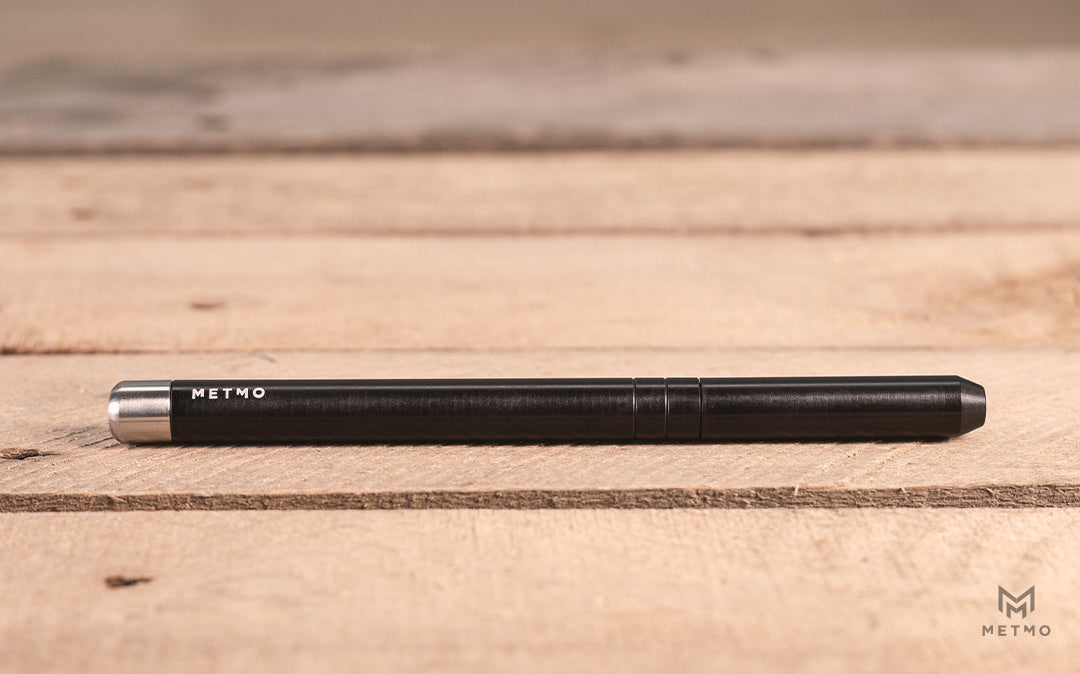
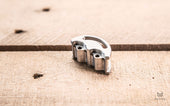
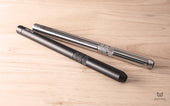
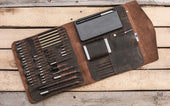

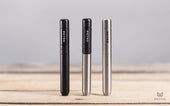

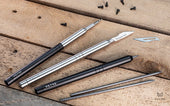
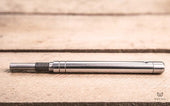
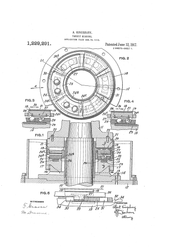
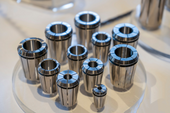
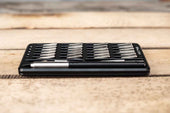
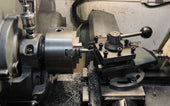
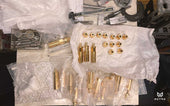
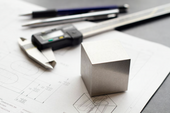
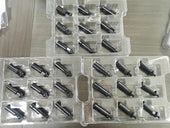

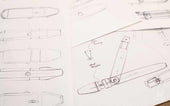
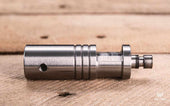
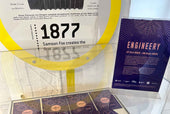
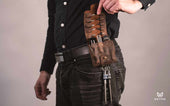
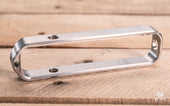
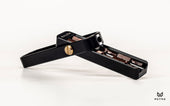

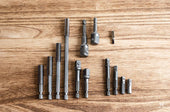
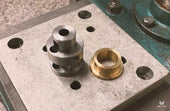

Share:
How to pick the right model-making tools (for a sanding ovation)
Helical gears are the best thing since sliced thread